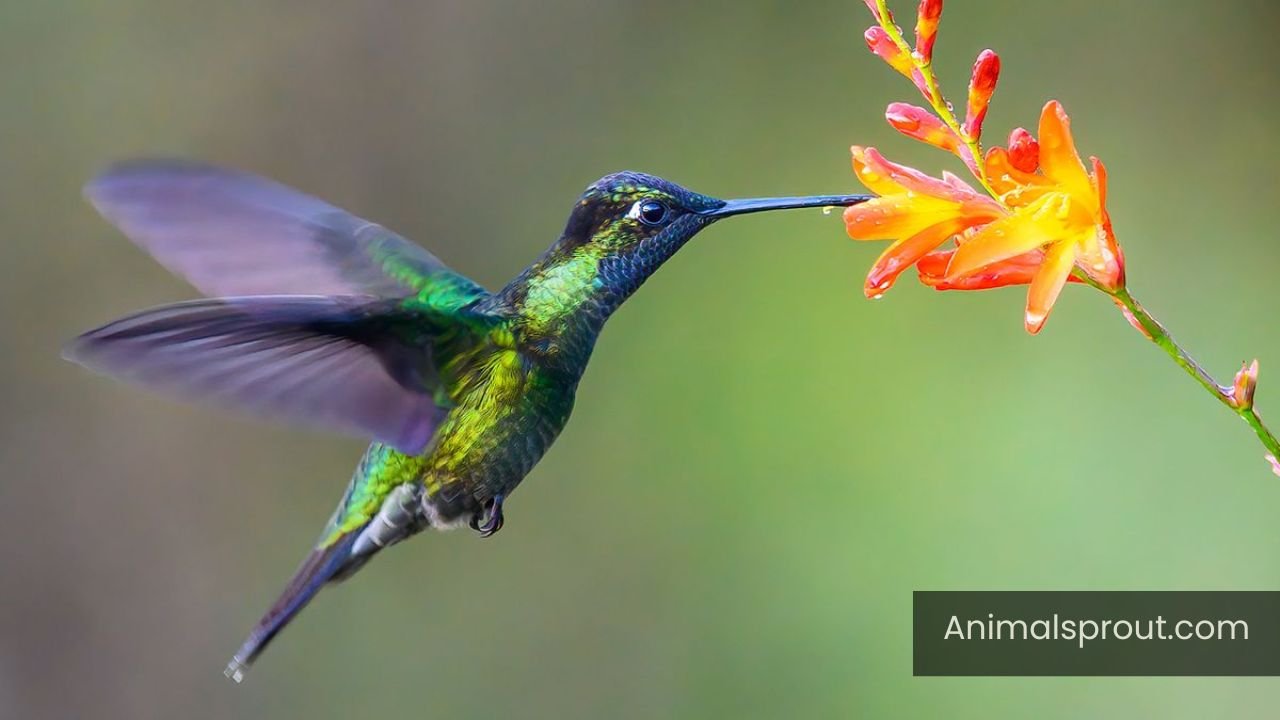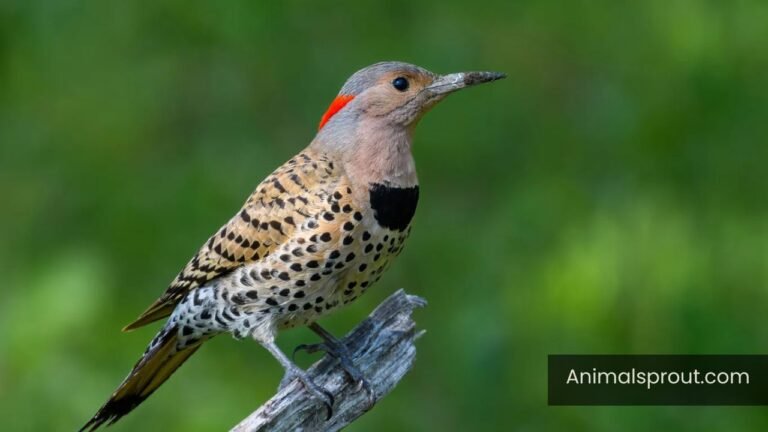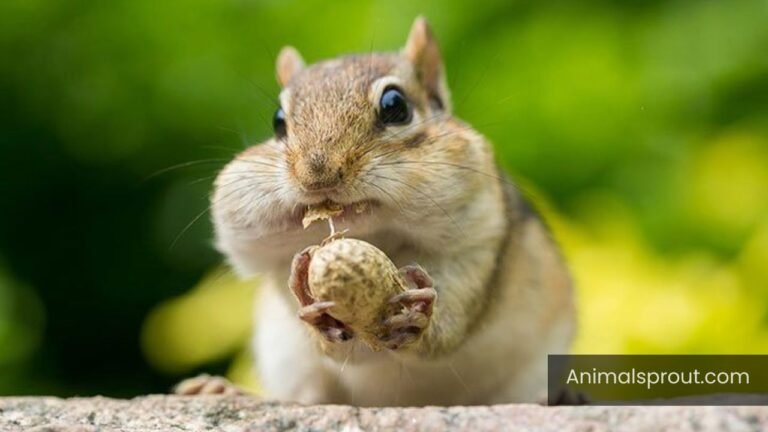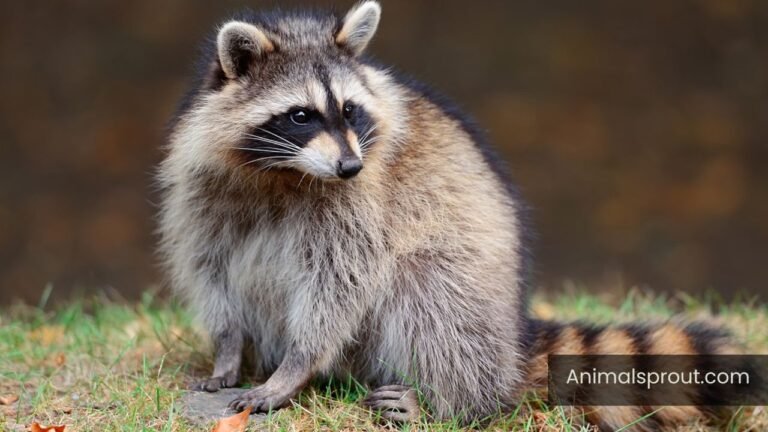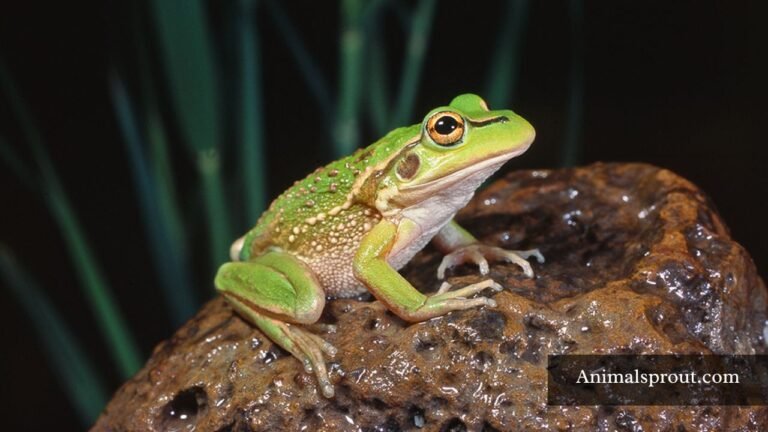Explore Top 20 Animals That Eat A Lot Of Food (With Pictures)
In the wild, survival often hinges on how much they eat, making the study of Animals That Eat A Lot Of Food not just fascinating but essential for understanding ecosystems. This article will take you on a journey through the animal kingdom, exploring the incredible eating habits of various species and uncovering the reasons behind their voracious appetites. By the end, you’ll gain insights into how these dietary behaviors impact their survival and the environment.
List Of Animals That Eat A Lot Of Food
Here are the animals that eat a lot of food:
| Number Of Animals | List Of Animals That Eats A Lot Of Food |
| 1 | Blue Whales |
| 2 | Hummingbirds |
| 3 | Burmese Pythons |
| 4 | Giant Pandas |
| 5 | Great White Shark |
| 6 | Elephants |
| 7 | Hippopotamus |
| 8 | Tigers |
| 9 | American Pygmy Shrews |
| 10 | Locusts |
| 11 | Bar-Tailed Godwits |
| 12 | Tasmanian Devils |
| 13 | Black-Footed Cats |
| 14 | Komodo Dragons |
| 15 | Anacondas |
| 16 | Giant Weta |
| 17 | Star-Nosed Mole |
| 18 | Grizzly Bear |
| 19 | Cow |
| 20 | Crocodile |
Blue Whales
Scientific Name: Balaenoptera musculus
Class: Mammalia
Blue whales, the largest animals on the planet, are nothing short of astonishing when it comes to their dietary habits. These colossal creatures can consume up to 4 tons of krill in a single day during feeding season. Their unique feeding method, known as lunge feeding, allows them to take in vast amounts of water and prey simultaneously, showcasing an incredible adaptation to their marine environment. Imagine a creature so massive that its heart is roughly the size of a small car, yet it relies on tiny shrimp-like animals for sustenance!
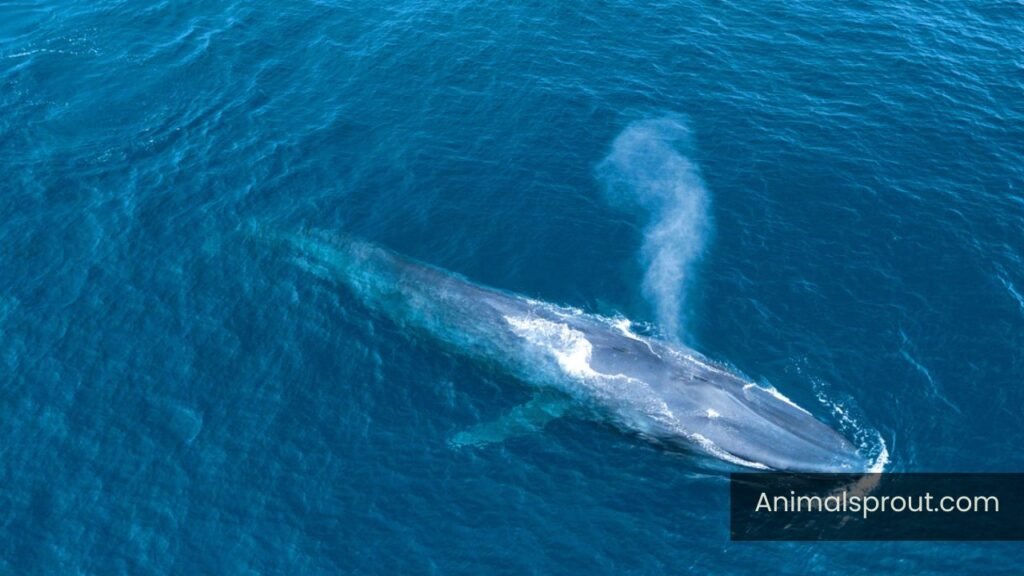
What’s particularly fascinating is the sheer scale of their feeding frenzy. During the summer months in nutrient-rich waters, blue whales embark on an epic journey to replenish their energy reserves after long migrations. This relentless quest for food not only highlights their impressive size but also underscores the delicate balance of marine ecosystems. As they feast on krill, they play a vital role in regulating these populations, demonstrating how one of Earth’s giants influences the health of our oceans.
Hummingbirds
Scientific Name: Trochilidae
Class: Aves
Hummingbirds are tiny powerhouses, consuming up to twice their body weight in nectar each day. Their high metabolism demands a constant intake of food, which is why these vibrant birds are often seen darting from flower to flower. What’s fascinating is that they can consume nectar that is up to 70% sugar—far sweeter than many fruits! This incredible energy source fuels their rapid wing beats, which can exceed 1,000 flaps per minute.
But it’s not just the sugary nectar that keeps them buzzing; hummingbirds also play a crucial role in pollination. As they feed, their heads brush against the reproductive parts of flowers, transferring pollen and ensuring the continuation of plant species. In a way, their insatiable appetite for nectar makes them vital contributors to ecosystems, helping sustain the very flora that provides them with sustenance.
Burmese Pythons
Scientific Name: Python bivittatus
Class: Reptilia
Burmese pythons are astonishing when it comes to their eating habits. These massive serpents can consume prey that weighs as much as their own body weight, making them one of the most formidable predators in the animal kingdom. A single meal can include anything from small mammals to large birds, and they can go for weeks or even months without eating after such a feast. This ability to gorge and then fast is a fascinating adaptation that allows them to thrive in diverse habitats, from dense jungles to suburban backyards.

What’s particularly intriguing is their method of consumption. Burmese pythons use a technique called “infrasonic swallowing,” where they unhinge their jaws to engulf prey whole, often leaving behind little more than bones and fur. This impressive feeding strategy not only showcases their physical prowess but also emphasizes the ecological role they play in controlling populations of other species. Despite their impressive size and appetite, these snakes have become an invasive concern in places like Florida, where their voracious feeding habits disrupt local ecosystems, demonstrating how nature’s balance can be easily tipped.
Also read: Explore Top 18 Independent Animals In The World.
Giant Pandas
Scientific Name: Ailuropoda melanoleuca
Class: Mammalia
Giant pandas are nature’s adorable eating machines, consuming up to 40 pounds of bamboo daily. While they may look cuddly and carefree, their diet is a full-time job. This herbivore’s digestive system is not designed for their bamboo-heavy menu, leading to a peculiar lifestyle where they spend up to 12 hours each day munching away. Their foraging strategy is fascinating; pandas will often travel several miles in search of the freshest bamboo shoots, showcasing their dedication to this leafy feast.
Despite their bamboo-centric diet, giant pandas are surprisingly picky eaters. With over 25 species of bamboo available in their habitats, they show preferences based on season and the plant’s nutritional value. This selectivity reveals a nuanced understanding of their environment that many might overlook.
Great White Shark
Scientific Name: Carcharodon carcharias
Class: Chondrichthyes
The Great White Shark, an apex predator of the ocean, showcases a fascinating relationship with food that goes beyond mere survival. These formidable hunters can consume up to 11 tons of prey in a single year, a staggering amount that highlights their role in maintaining the balance of marine ecosystems. Their diet primarily consists of seals, sea lions, and even smaller sharks, demonstrating their position at the top of the food chain.
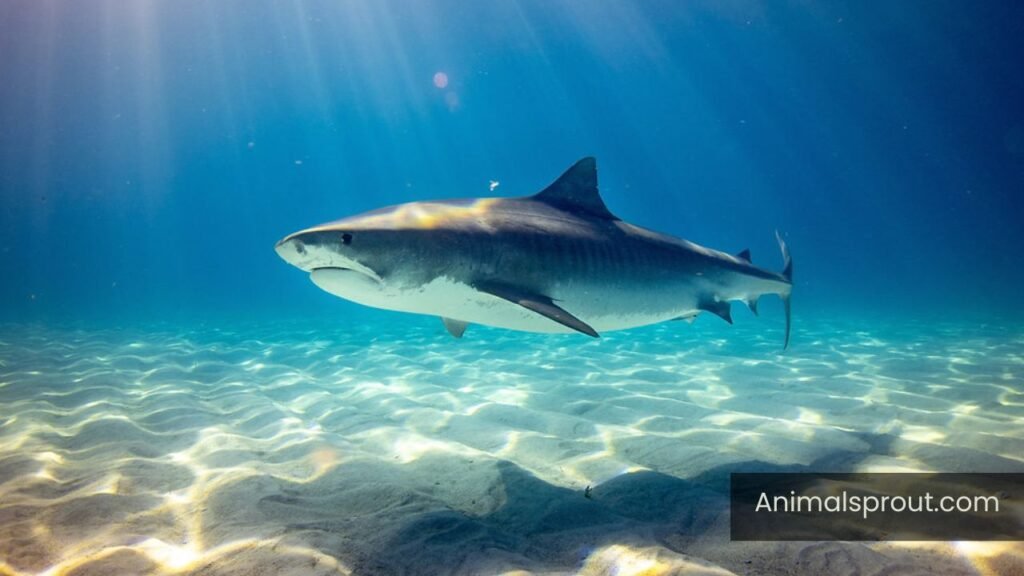
What sets the Great White apart is not just its appetite but its hunting strategy. Utilizing a unique combination of speed and stealth, they can launch surprise attacks from below, often striking with such force that their prey is incapacitated instantly. This efficiency allows them to maximize their energy intake while minimizing the effort needed to hunt. Moreover, their keen sense of smell can detect a drop of blood from miles away, ensuring they never miss an opportunity for a meal.
Elephants
Scientific Name: Elephantidae
Class: Mammalia
Elephants are nature’s giants, and their massive size comes with equally massive appetites. A single adult elephant can consume up to 300 pounds of food in a day, which includes a diverse diet of grasses, leaves, fruits, and bark. This voracious eating habit not only sustains them but also plays a crucial role in their ecosystem. As they forage, they help to maintain the balance of their habitats by preventing overgrowth and promoting biodiversity.
What’s fascinating is how elephants utilize their incredible sense of smell to find food, sometimes digging through layers of soil to uncover hidden roots. Their social structures also influence feeding; matriarchs often lead the herd to prime foraging spots, demonstrating a remarkable blend of intelligence and instinct. Moreover, the sheer volume of food they consume leads to significant ecological impacts—by dispersing seeds through their dung, they inadvertently contribute to forest regeneration.
Readmore: Explore Top 19 Most Dirtiest Animals In The World.
Hippopotamus
Scientific Name: Hippopotamus amphibius
Class: Mammalia
The hippopotamus is a true heavyweight in the animal kingdom, consuming up to 150 pounds of grass each night. This massive herbivore has an insatiable appetite, driven by its unique digestive system that requires constant intake to extract nutrients efficiently. Interestingly, hippos are primarily nocturnal feeders, venturing out under the cover of darkness to graze on grasses, their preferred food source. This behavior not only minimizes competition with other herbivores but also helps them avoid the sweltering heat of the day.
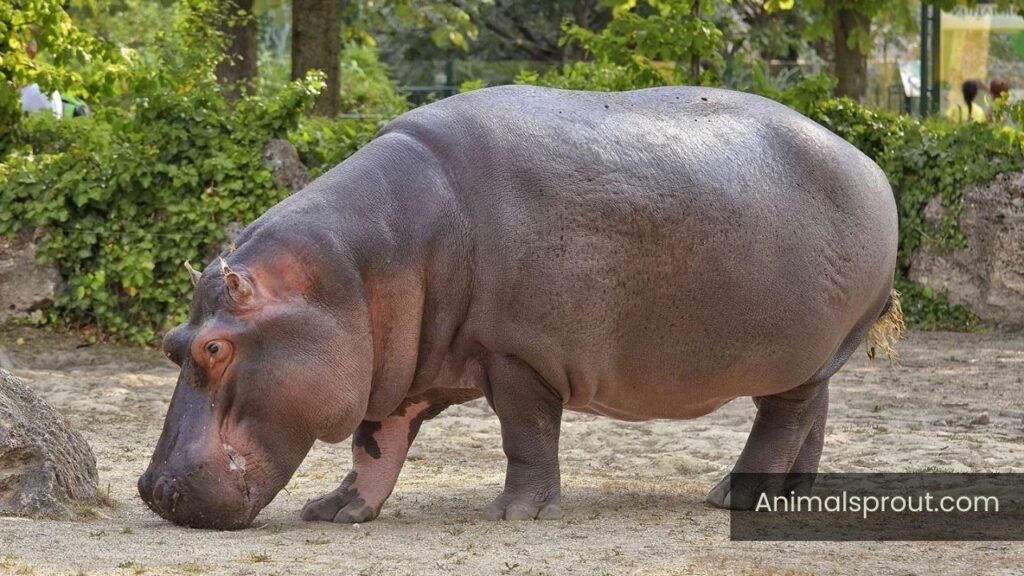
What’s fascinating is how this voracious eating plays a crucial role in their ecosystem. As hippos move through their habitats, they create pathways that benefit other animals and facilitate the flow of water in wetlands. Their dung, rich in nutrients, fertilizes the surrounding vegetation, promoting biodiversity in their environment.
Tigers
Scientific Name: Panthera tigris
Class: Mammalia
Tigers are not just apex predators; they are also some of the most voracious eaters in the animal kingdom. A single adult tiger can consume up to 100 pounds of meat in one sitting, demonstrating their incredible capacity for feasting. This impressive intake is essential for their survival, as they rely on high-energy meals to sustain their powerful muscles and maintain their solitary hunting lifestyle.
Interestingly, tigers are opportunistic feeders. While they primarily hunt large ungulates like deer and wild boar, they won’t shy away from smaller prey if the opportunity arises. This adaptability allows them to thrive in diverse habitats, from dense jungles to grasslands. However, their significant food requirements have led to challenges; as prey populations dwindle due to habitat loss and poaching, tigers face increased competition and starvation risks. Understanding their eating habits reveals not just their role as hunters but also highlights the delicate balance of ecosystems they inhabit.
American Pygmy Shrews
Scientific Name: Sorex hoyi
Class: Mammalia
American pygmy shrews are remarkable little creatures, packing an impressive appetite into their tiny frames. Weighing in at just a few grams, these shrews consume nearly their body weight in food each day—about 60 to 100 percent of it! This staggering consumption is essential for survival, as their rapid metabolism leaves them with little energy reserves. Imagine needing to eat your own weight daily just to keep going!
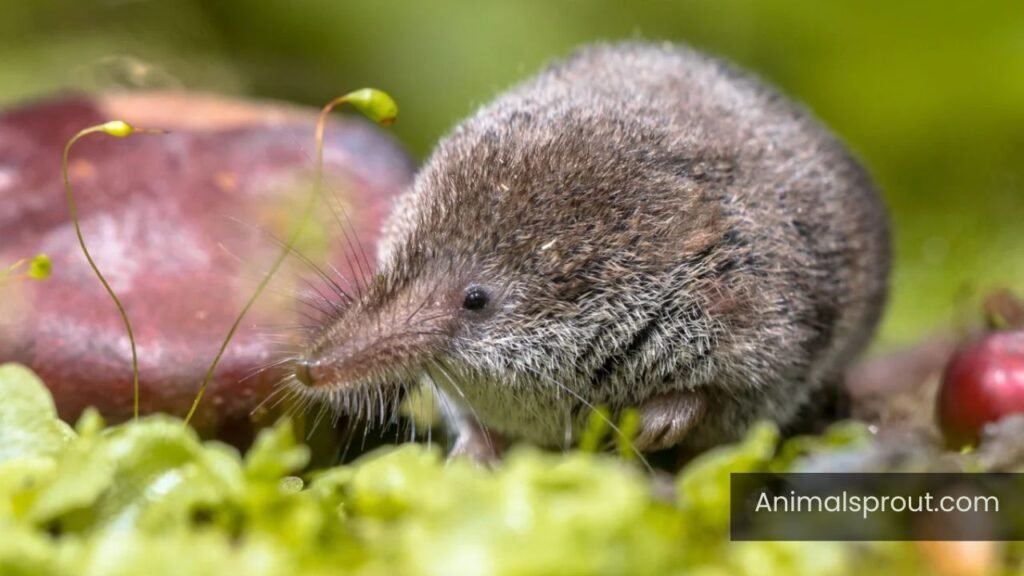
What’s fascinating about these shrews is not just the sheer volume of food they require but also their hunting prowess. With a diet primarily consisting of insects and invertebrates, they’re adept at navigating through leaf litter and underbrush, using a keen sense of smell to locate prey. Their relentless search for sustenance means they’re on the move almost constantly, embodying the essence of nature’s frenetic energy.
You can also read: Interesting Facts About Porcupines In Georgia.
Locusts
Class: Insecta
Locusts are fascinating creatures, not just for their ability to swarm but for their insatiable appetite. These insects can consume their own body weight in food daily, which is astonishing considering their size. When in swarming mode, a single locust can devour an entire field of crops in mere hours, leading to devastating consequences for farmers and ecosystems alike. This voracious feeding behavior is a survival tactic that allows them to thrive in harsh environments where food is scarce.
Interestingly, locusts have a unique social dynamic that triggers their transformation from solitary to gregarious forms. When populations become dense, they undergo a physical and behavioral change, making them more likely to swarm and consume vast amounts of vegetation. This phenomenon is not just about survival; it’s a complex response to environmental pressures, showcasing the incredible adaptability of these insects. As they march across landscapes, they remind us of nature’s power and the delicate balance between abundance and scarcity in the animal kingdom.
Bar-Tailed Godwits
Scientific Name: Limosa lapponica
Class: Aves
Bar-tailed godwits are remarkable for their incredible feeding habits, particularly during migration. These shorebirds embark on epic journeys, traveling up to 7,000 miles non-stop. To fuel such a feat, they engage in a feeding frenzy, consuming vast quantities of food. Their diet primarily consists of invertebrates found in mudflats and estuaries, where they use their long bills to probe for hidden morsels. During peak migration seasons, these birds can gain up to 50% of their body weight—an impressive feat that highlights the sheer energy demands of their travels.

What makes bar-tailed godwits even more fascinating is their ability to metabolize food efficiently. They store energy as fat, which serves as a compact fuel source for those long flights over open oceans. This strategy not only showcases their adaptability but also emphasizes the critical role of nutrient-rich habitats along migratory routes.
Also read: Explore Top 18 Most Annoying Animals In The World.
Tasmanian Devils
Scientific Name: Sarcophilus harrisii
Class: Mammalia
Tasmanian devils are often misunderstood as small, ferocious creatures, but their eating habits reveal a fascinating aspect of their biology. These marsupials can consume up to 40% of their body weight in a single meal, showcasing their role as nature’s clean-up crew. Their scavenging behavior not only helps maintain ecosystem balance by preventing disease spread but also highlights their impressive adaptability in the wild.
What’s even more intriguing is their unique feeding technique. With powerful jaws and sharp teeth, they can crack open bones and consume nearly every part of their prey, including fur and organs. This ability allows them to thrive in their environment, where food can be scarce. Their ravenous appetite, paired with a strong sense of smell, enables them to locate carrion from miles away, ensuring they never go hungry for long. In a world where many species face food scarcity, the Tasmanian devil stands out as a resilient survivor, embodying the raw power of nature’s recycling system.
Black-Footed Cats
Scientific Name: Felis nigripes
Class: Mammalia
Black-footed cats may be small, but their appetites are anything but. Weighing in at just around 2-3 kilograms, these pint-sized predators are known to consume up to 14 meals a night! Their hunting prowess is impressive; they can take down prey that is nearly half their body weight. This high metabolism means they need to eat frequently, making them one of the most efficient hunters in the wild.
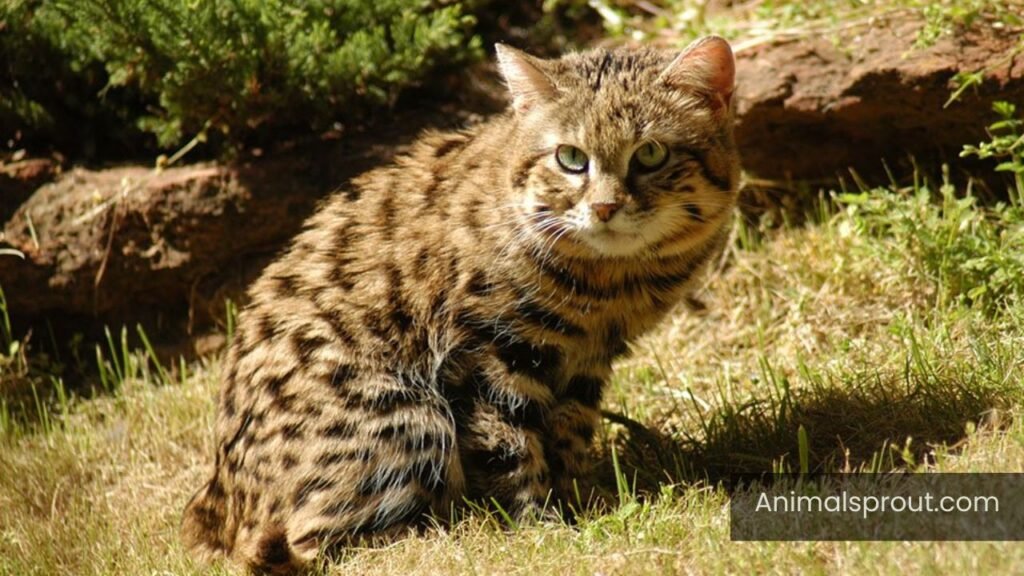
What’s particularly fascinating about black-footed cats is their diet diversity. They feast on everything from insects and rodents to small birds and reptiles. This adaptability not only showcases their resourcefulness but also highlights the delicate balance of their ecosystem in the African savannas. Their voracious eating habits help control pest populations, maintaining a healthier habitat for all. In essence, these little felines play a crucial role in their environment, proving that size doesn’t dictate impact.
Related aticle: Explore 15 Animals That Eat Seeds.
Komodo Dragons
Scientific Name: Varanus komodoensis
Class: Reptilia
Komodo dragons, the titans of the lizard world, are notorious for their voracious appetites. These massive reptiles can consume up to 80% of their body weight in a single meal, showcasing their remarkable ability to gorge on large prey. A single hunt can lead them to take down animals as substantial as deer or wild boar, but what’s fascinating is their impressive digestive system. After devouring such large meals, they can go weeks, even months, without needing to eat again, allowing them to thrive in the sparse ecosystems of Indonesia.
What sets these predators apart is their unique hunting strategy. Komodo dragons rely on a combination of ambush and endurance; they can sprint short distances to catch prey but often rely on stealth to get close enough for a surprise attack. Their saliva is a potent cocktail of bacteria and venom, ensuring that even if their prey escapes initially, it may not survive long enough to evade capture.
Anacondas
Scientific Name: Eunectes
Class: Reptilia
Anacondas are among the largest and most intriguing snakes on the planet, and their eating habits are nothing short of fascinating. These serpents can consume prey that weighs as much as they do, which is no small feat given that some anacondas can exceed 500 pounds! Their diet primarily consists of large mammals, birds, and even other reptiles, showcasing their role as apex predators in their ecosystems. A single meal can sustain them for weeks, or even months, thanks to their slow metabolism.
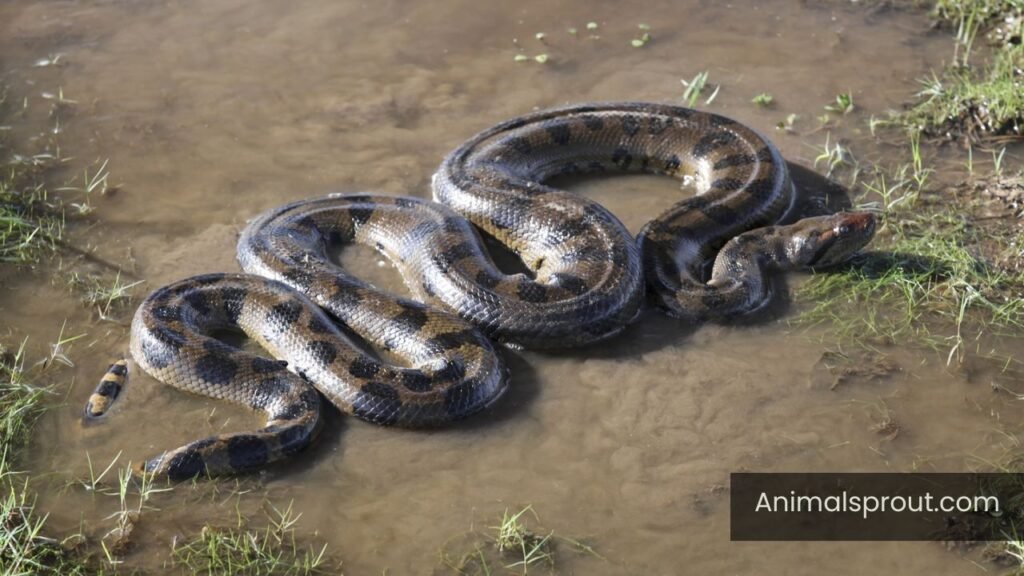
What truly sets anacondas apart is their unique feeding strategy. They often ambush their prey in water, using stealth to strike with incredible speed. Once they have a grip, they constrict their victim until it suffocates, then swallow it whole—an impressive display of nature’s raw power. This not only highlights their strength but also underscores the balance of energy consumption and survival in the wild. The sheer volume of food they consume not only fuels their massive bodies but also emphasizes the intricate dynamics of predator and prey within their lush South American habitats.
Related article: Explore 13 Animals That Eat Cactus.
Giant Weta
Scientific Name: Deinacrida
Class: Insecta
The Giant Weta, a remarkable insect native to New Zealand, is not just notable for its size but also for its voracious appetite. Weighing in at over 70 grams, these hefty critters consume a staggering amount of food relative to their body size. A single Giant Weta can munch through leaves, flowers, and even decaying wood, contributing to the ecosystem by helping decompose organic matter. Their diet plays a crucial role in nutrient cycling within their habitats, making them unsung heroes of the forest floor.
What’s particularly fascinating about the Giant Weta is its survival strategy. During the night, when they are most active, they can devour up to half their body weight in vegetation. This intense feeding frenzy not only fuels their growth but also prepares them for the harsh conditions of New Zealand’s changing seasons.
Star-Nosed Mole
Scientific Name: Condylura cristata
Class: Mammalia
The star-nosed mole is a remarkable creature, not just for its unique appearance but also for its voracious appetite. This small mammal, found primarily in wetland habitats across North America, has a diet that largely consists of invertebrates. Its extraordinary snout, adorned with 22 pink, fleshy appendages, is more than just a quirky feature; it’s a highly sensitive tool that allows the mole to detect food in the dark, muddy depths of its environment. In fact, it can identify and consume food at an astonishing rate, devouring up to 50-100 small prey items each day.

What’s truly fascinating is how this relentless feeding behavior is tied to their high metabolism. Star-nosed moles need to eat nearly their body weight in food daily to sustain their energy levels. This insatiable hunger drives them to dig tirelessly through the soil, where they can tunnel up to 3 meters in mere minutes. As they scour their habitat, these moles not only keep their bellies full but also play a crucial role in aerating the soil and controlling insect populations.
Grizzly Bear
Scientific Name: Ursus arctos horribilis
Class: Mammalia
Diet: Omnivore
Grizzly bears are nature’s ultimate foodies, consuming up to 30 pounds of food daily during the summer months. Their diet is impressively diverse, ranging from berries and roots to salmon and small mammals. This voracious appetite isn’t just for pleasure; it’s a survival strategy. As winter approaches, these bears must build up significant fat reserves to sustain them through months of hibernation, where they can lose up to one-third of their body weight.
What’s fascinating is how grizzlies adapt their eating habits based on seasonal availability. In spring, they feast on tender grasses and wildflowers, while summer sees them gorge on nutrient-rich fish as salmon run upstream.
Related article: Explore Top 16 Animals That Eat Pomegranates.
Cow
Scientific Name: Bos taurus
Class: Mammalia
Diet: Herbivore
Cows are remarkable eating machines, consuming up to 100 pounds of food daily. Their diet primarily consists of grass, hay, and silage, but they also enjoy grains and protein supplements. What’s fascinating is their unique digestive system, which features four stomach compartments—each playing a crucial role in breaking down tough plant materials. This adaptation allows them to extract maximum nutrition from fibrous foods that many other animals can’t digest effectively.
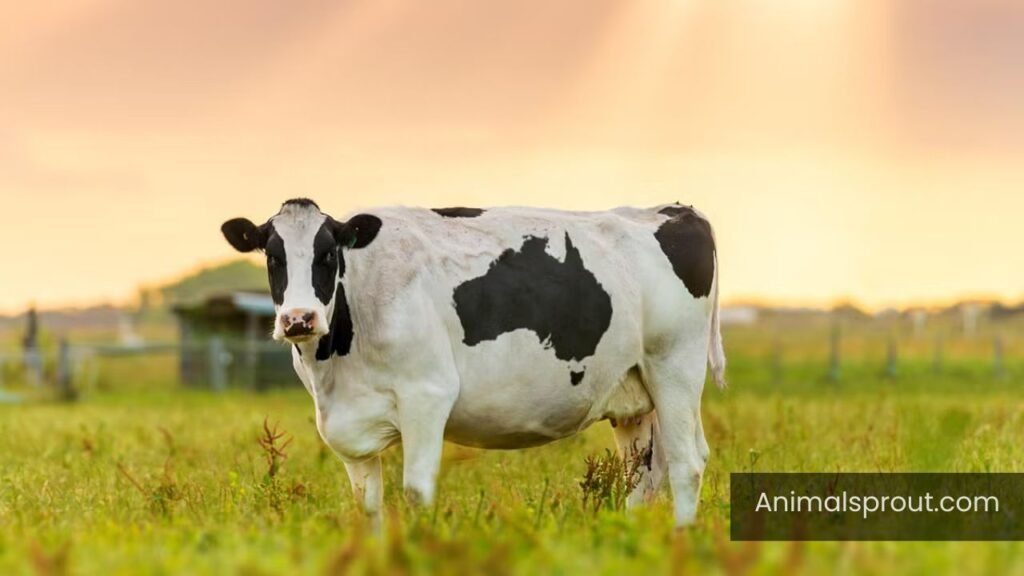
Crocodile
Scientific Name: crocodylidae
Class: Reptilia
Diet: Carnivore
Crocodiles are some of the most formidable predators in the animal kingdom, and their impressive eating habits reflect their predatory lifestyle. An adult crocodile can consume up to half of its body weight in a single meal, which may seem excessive, but it’s a strategy finely tuned by evolution. They often feast on large prey such as fish, birds, and even mammals that venture too close to the water’s edge. This massive intake is essential for their survival, especially since they can go weeks or even months without eating after a big meal.
What’s fascinating is how crocodiles have adapted their feeding behavior to maximize efficiency. They utilize a “sit-and-wait” strategy, remaining motionless for hours while lurking just beneath the water’s surface. When an unsuspecting animal approaches, they strike with incredible speed and force. This energy-efficient hunting allows them to bulk up quickly during feeding frenzies, particularly during seasonal migrations of prey.
Readmore: Explore Animals that Eat Coconuts In The World.
Final Words
Animals that eat large amounts of food are a testament to the diversity and complexity of life on Earth. Each species, from the voracious great white shark to the lumbering hippopotamus, has developed unique feeding strategies that reflect their ecological roles. These dietary habits are not just about survival; they also impact their environments in significant ways, shaping ecosystems and influencing other species.
By appreciating the impressive appetites and behaviors of these animals, we can better understand the delicate balance of nature. Let’s commit to protecting these magnificent creatures and their habitats for future generations to admire and learn from.
FAQs
What animal is known for eating a lot?
When it comes to animals renowned for their impressive appetites, the blue whale stands out as the heavyweight champion of consumption. These magnificent creatures can consume up to 4 tons of krill in a single day during feeding season.
What animal is lazy and eats a lot?
The sloth is often considered the epitome of laziness in the animal kingdom. These slow-moving creatures spend most of their lives hanging upside down in trees, moving at a leisurely pace. Their metabolism is incredibly slow, which means they don’t need to eat much compared to other animals. However, when they do eat, they indulge in a diet primarily consisting of leaves, fruits, and flowers.

